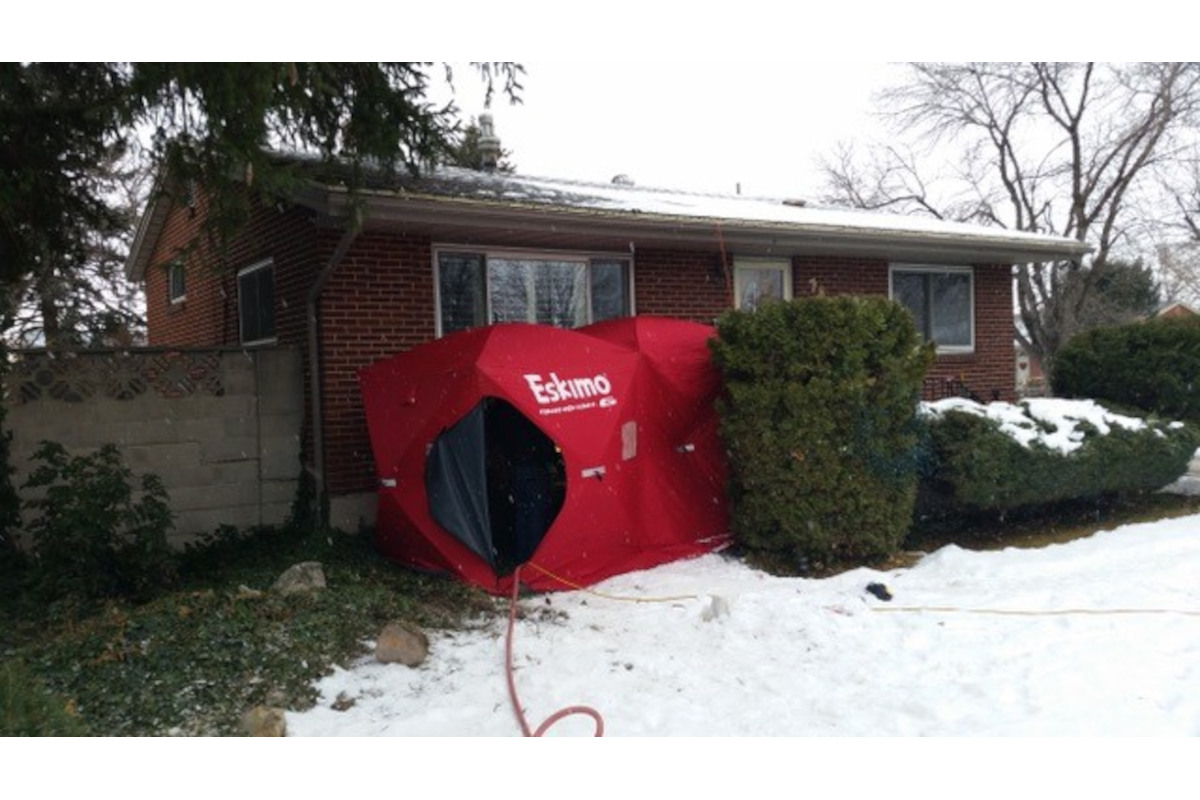
Best Practices for Installing Small Diameter CIPP Lining Systems in Winter Months
Winter is here and temperatures are dropping in the country’s colder regions, that doesn’t mean you need to put your small diameter lining projects on hold until spring. It simply means you need to plan differently.
Over the years liners, resins and equipment have been developed to help overcome the cold winter conditions.
When dealing with small diameter pipes, especially in winter months, there are specific challenges that need to be addressed to ensure successful installations.
Cold weather can affect curing times, resin handling, and overall installation efficiency, but with the right preparation and practices, these challenges can be managed effectively.
Below are what we consider best practices for installing small diameter CIPP lining systems during the winter.
1 – Understanding the Impact of Cold Weather on CIPP Installation
Before diving into specific practices, it is essential to understand how winter conditions affect CIPP installations.
Cold temperatures can:
- Slow down the curing process: The chemical reactions that cure CIPP resins slow in lower temperatures, which can extend the time needed for a successful cure.
- Increase resin viscosity: Cold temperatures cause resins to thicken, making it harder to saturate the liners evenly.
- Equipment performance: The efficiency of air compressors, generators, and other equipment may be reduced in cold weather, leading to longer installation times.
2 – Careful Consideration of Resins
The choice of resin is critical when installing CIPP lining systems in winter months. Resin development has come a long way over the last decade. Depending on your equipment, Maxliner has developed resin options to address colder weather conditions.
- Epoxy Resins (due to lower cure rate) combined with an aggressive,30-minute, hardener, is an option for CIPP installations in colder climates. However, we also recommend external heat to such as Heating blankets or hot water to maintain the desired temperature range during the curing process.
Read the complete story in the latest issue of Small Diameter Trenchless.




